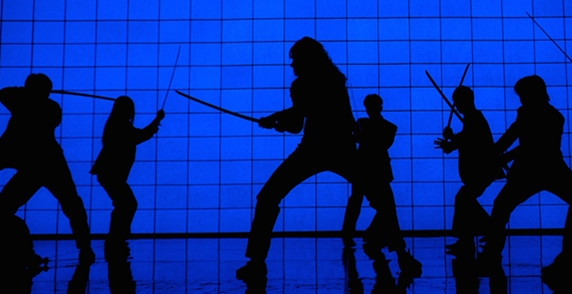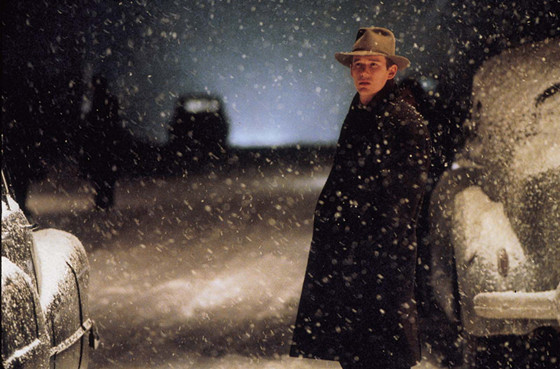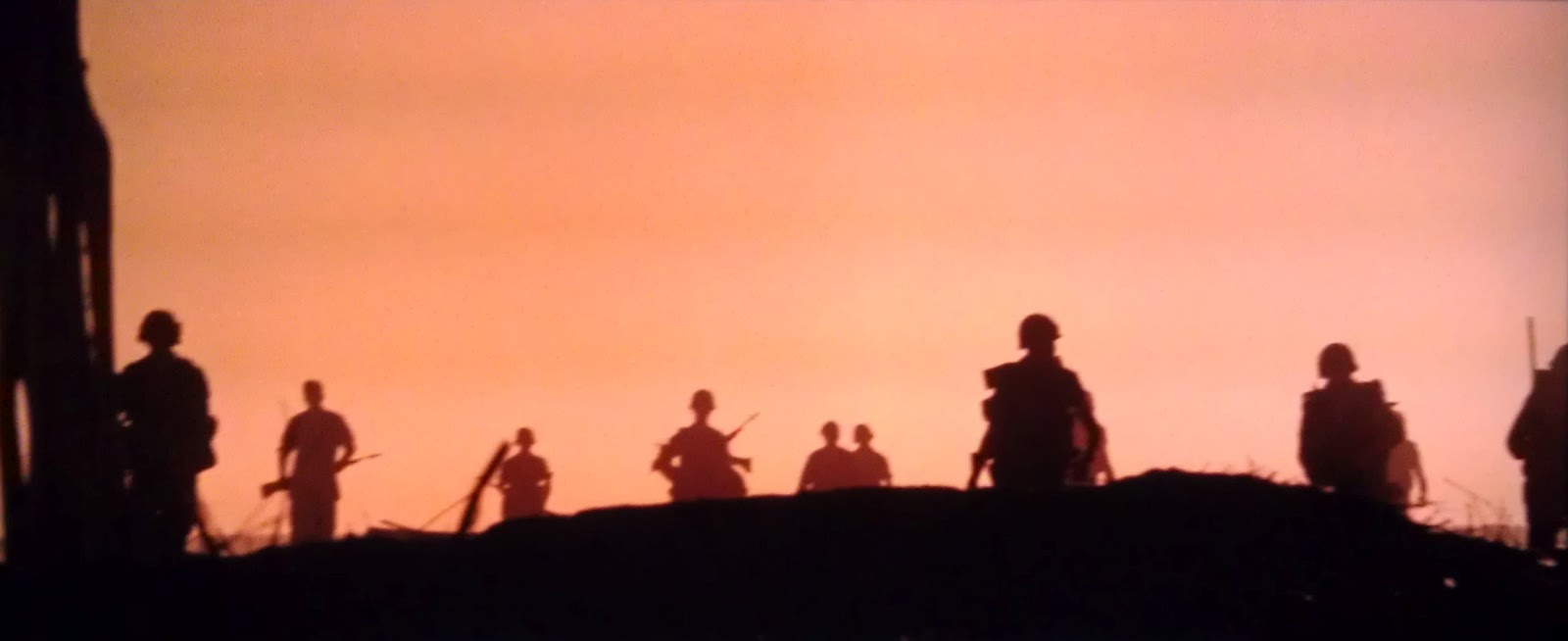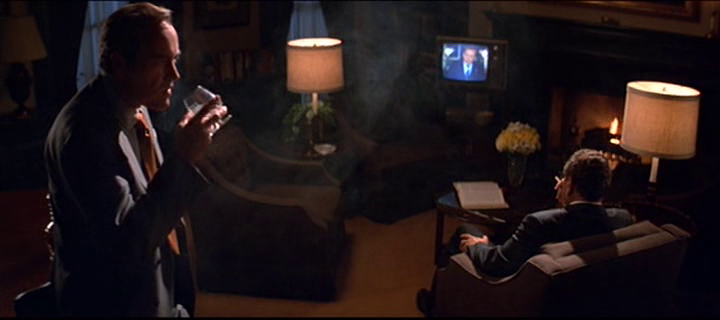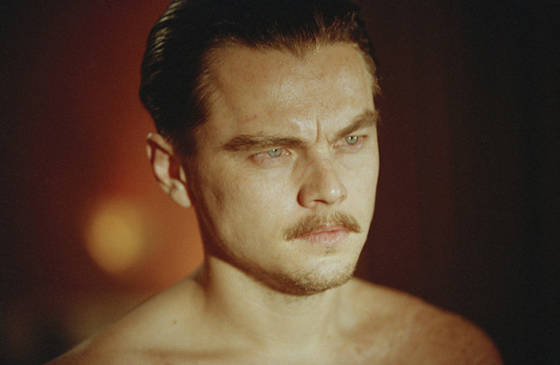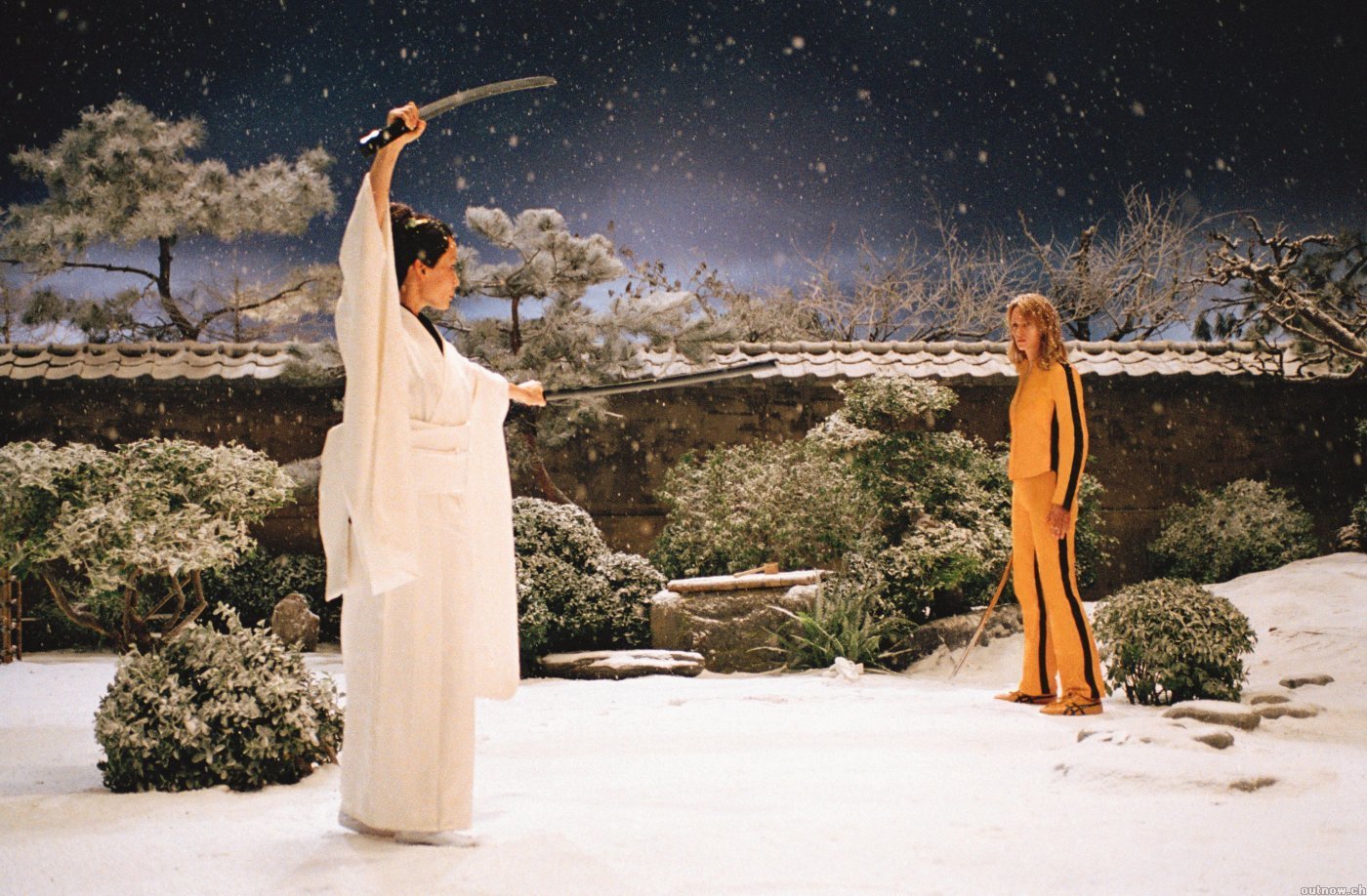Robert Richardson has been on cinema’s shortlist of the greatest cinematographers working in the business for over the last 30 years. He’s worked with some absolute titans of the filmmaking world, with results that have been consistently excellent, spanning multiple genres and formats.
Recognized by the Academy three times with Oscars for Best Cinematography (JFK, The Aviator, and Hugo), Richardson continues to push the seemingly limitless boundaries that he’s previously set for himself, becoming a name that people can immediately spot in the credits and trust to deliver something visually exciting.
Filmmakers such as Oliver Stone, Martin Scorsese, and Quentin Tarantino can count him as a frequent collaborator, while he’s also done breathtaking work for John Sayles, Shekhar Kapur, Barry Levinson, Alejandro Gonzalez-Inarritu, Scott Hicks, Ryan Murphy, Rob Reiner, and Errol Morris. Here’s a list of 10 of the Best Shot Films of Robert Richardson’s illustrious career.
10. Snow Falling On Cedars (Scott Hicks, 1999)
Filmmaker Scott Hicks made a huge splash in America with his brilliant drama Shine back in 1996, and after likely receiving a slew of big-time offers from the various studios, he settled on his sophomore film, the strikingly gorgeous Snow Falling on Cedars in 1999, which paired him with Richardson for one of his more expressionistic pieces of work in his career.
Simply put, every single shot in this ravishingly beautiful film is museum worthy, seemingly ready to be screen-printed and hung on a wall. The film itself is an interesting mix of murder mystery, courtroom drama, and personal relationship story, and overall the film was underrated by critics and underestimated by audiences.
Ethan Hawke was reliably excellent in the lead role, but honestly, this was the Robert Richardson show all the way, with one painterly image after another unfolding on screen, with shots of scenic beauty so alarmingly lifelike and tangible that it seems a crime that the film hasn’t been yet released on the Blu-ray format. Richardson was Oscar nominated for his stellar work on this criminally ignored film.
9. Born on the Fourth of July (Oliver Stone, 1989)
Born of the Fourth of July is one of the most passionate and searing war films ever crafted, and a big reason for this is Richardson’s intimate, visceral, and thoroughly absorbing camerawork. Tom Cruise delivered probably the best performance of his career (outside of Magnolia, of course…) as Vietnam War veteran Ron Kovic, and Stone’s deeply upsetting and disturbing narrative traced Kovic’s life both on the field of battle and off.
The scenes with Cruise in his wheelchair have a frenetic visual quality to them at times, with Richardson setting his camera low in an effort to get into the headspace of his disabled characters. The horrors of war are brutally depicted in Born on the Fourth of July, and in one of the most memorable passages of Richardson’s career, his unflinching camera documents some extremely painful moments of wartime violence, set against the golden backdrop of a setting sun.
This film has an overwhelming sense of emotional intensity at times, and the patience with which the film was edited also allowed Richardson’s carefully observed images to play out for maximum effect on the audience.
8. Nixon (Oliver Stone, 1995)
Every bit as accomplished as their previous Presidential study JFK, the 1995 film Nixon never got the acclaim and respect that it truly deserves, and one of the biggest standouts in the film is the way that Richardson visually conveyed the paranoia and distress that fell over Richard Nixon while he was President of the United States.
While certainly epic in the overall sense of the story, the screenplay feels very intimate, painting a portrait of a man continuously as odds with himself, and Richardson was smart to utilize skewed angles and a smoky, dark, burnished visual style in an effort to show the complexities that made up this troubling figure from American history.
The moments on the steps of the Lincoln memorial stand out as some of the sharpest that Richardson has ever photographed, infusing the angered passion from the protesting students with Nixon’s paranoia, along with the hallowed ghosts of our great American presidents, ostensibly judging him for all his failures and transgressions.
Richardson’s camera seems to judge Nixon, played by a fantastic Anthony Hopkins, which would be fair, as he’s one of the most contentious figures in the history of politics. As per usual for Richardson, the film is dominated by his trademark hot-light-from-above style, with rooms lit at the top so the image appears to be flowing downward, bringing your eye to the middle (or side) of the frame where the action or actor is centered.
Mixing film stocks and styles once again, Nixon is another Stone/Richardson collaboration that feels cinematically alive in that special and unique way which cemented them as an artistic team for the ages.
7. The Aviator (Martin Scorsese, 2004)
Richardson would collect his second Oscar for his bold and vibrant work on Scorsese’s intimate and haunting biopic of Howard Hughes. The Aviator is a smashing piece of entertainment, oversized and overstuffed, and as usual, Richardson’s keen sense of the cinematic would carry the day, as the film moves gracefully throughout the years, with the camera lovingly detailing all of the small details that made up Hughes’ robust sense of life.
The film feels art directed to reflect the passing years, and Richardson’s use of color and texture is extraordinary here, employing various tints and filters to heighten the overall sense of artistic ambition, pushing some of his already incredibly composed images into the realm of painterly art.
Check out the grass when Hughes crash lands one of his test planes, and notice how Richardson totally maximizes the 2.35:1 widescreen frame during the aerial sequences while detailing the filming of Hughes’ passion project Hells Angels. This films feels completely in love with old Hollywood and movie stars of yesteryear, and Richardson’s opulent camerawork truly magnified all of the elements in this robust piece of filmmaking.
6. Kill Bill: Volume 1 (Quentin Tarantino, 2003)
This was the first time that Richardson worked with one-of-a-kind-auteur Quentin Tarantino, and it wouldn’t be his last, as the two artists have forged an intense artistic bond with one another over the course of the last 12 years (their latest collaboration, The Hateful Eight, hits theaters this December). Kill Bill was QT’s loving ode to the samurai film, done his way of course, containing influences from multiple genres, all captured by Richardson’s smooth and energetic camerawork.
From the various stedicam tracking shots all throughout the film to the incredibly sharp camera placement that dominates the first act, this film is a precise piece of action filmmaking, arguably the most action-y of any of QT’s films, and the way that Richardson covered the sword fights brought a dynamic sense of showmanship to the entire production.
The shots that glide over the ceiling of the The House of Blue Leaves still resonate to this day, and by ramping up the tension during these moments, the explosions of bloody violence feel all the more intense and passionate. Richardson also shot Kill Bill: Volume 2 for QT, and while the films share similarities, it’s Volume 1 that feels especially cinematic in ways that few modern samurai movies ever achieve.
